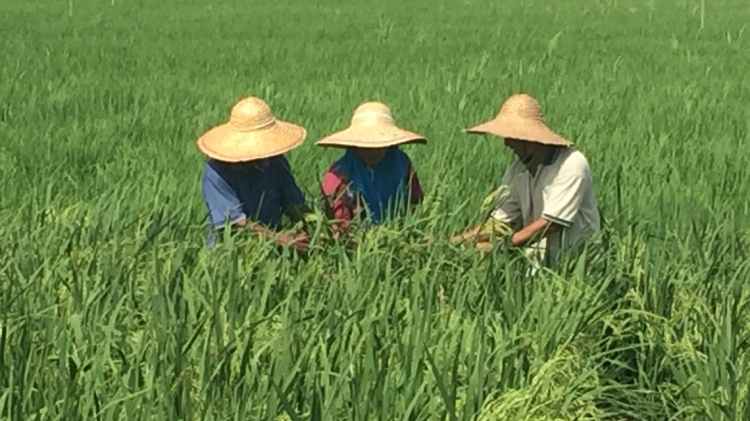Kubang Anak Gajah Village, Kedah, Malaysia – An integrated approach that includes a new rice variety, biofertilizer and plant growth promoter has made all the difference to rice farmer, Muhammad Helmi Mohd Noor and his neighbours in this northern Malaysian village. They saw their yields – and with it their income – increase by 40% in the last two growing seasons thanks to what they call the “nuclear package”: a set of products and services developed by the government’s nuclear agency, Nuklear Malaysia, to help the country’s rice farmers cope with low soil fertility and changing weather patterns, including more erratic rainfall and longer dry spells.
“Even when there is no water for a few days or weeks, this new rice can grow,” Mohd Noor said.
Developed using nuclear techniques, the new rice variety called NMR152 is used by 25 farmers while undergoing the last phases of testing by agriculture authorities, who have in the meantime begun to multiply the seeds on special breeding plots, to have enough available for all farmers in the northern, rice growing area of the country once approval has been granted in the next 12 to 18 months. “This variety has survived both periods of drought and submersion in water for 8 days, while other varieties died,” said Abdul Shahrizal, Agriculture Officer at the Centre of Excellence of Rice in neighbouring Perak province. “We are working hard to produce the seeds needed for large scale use.”









